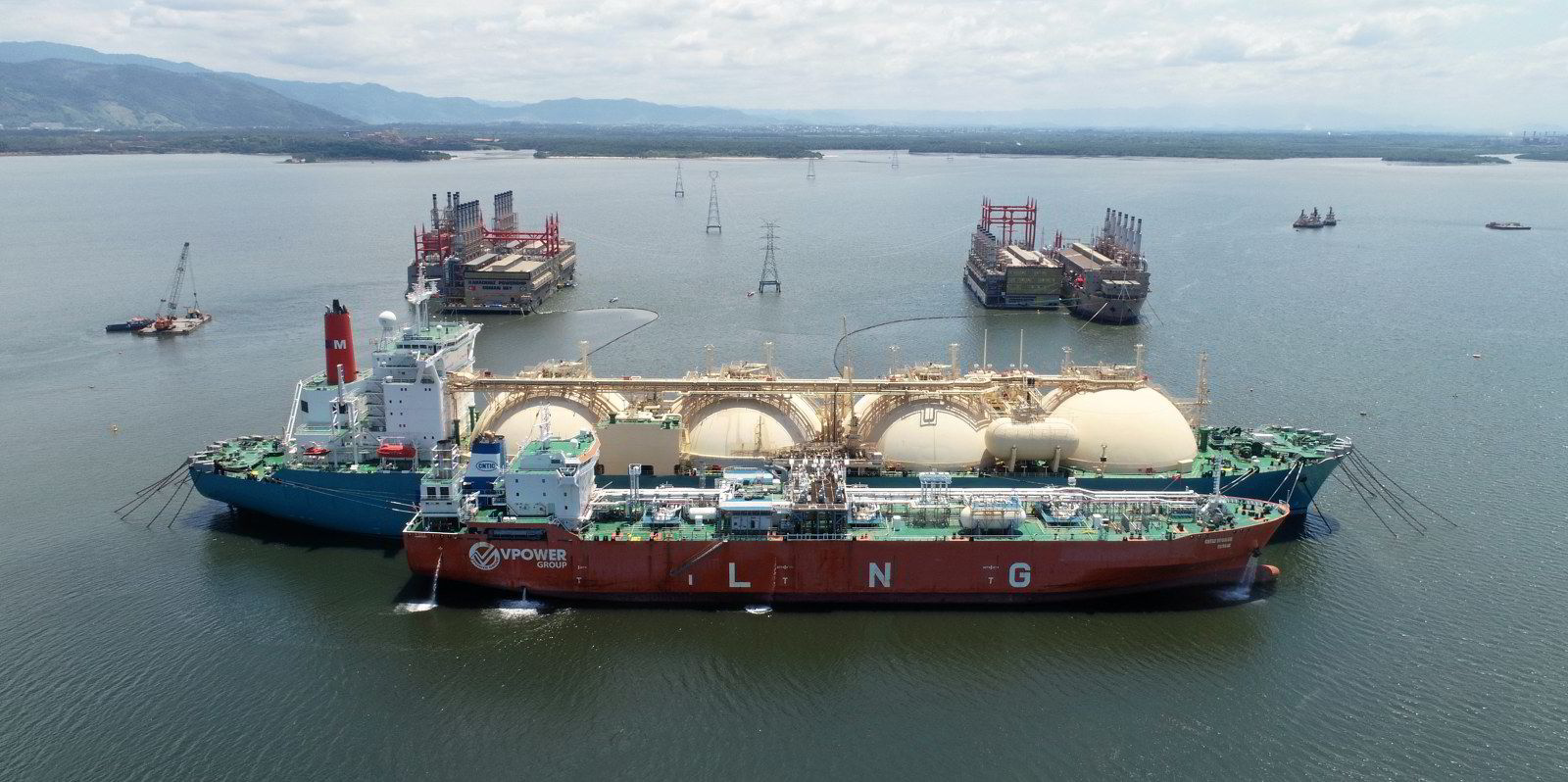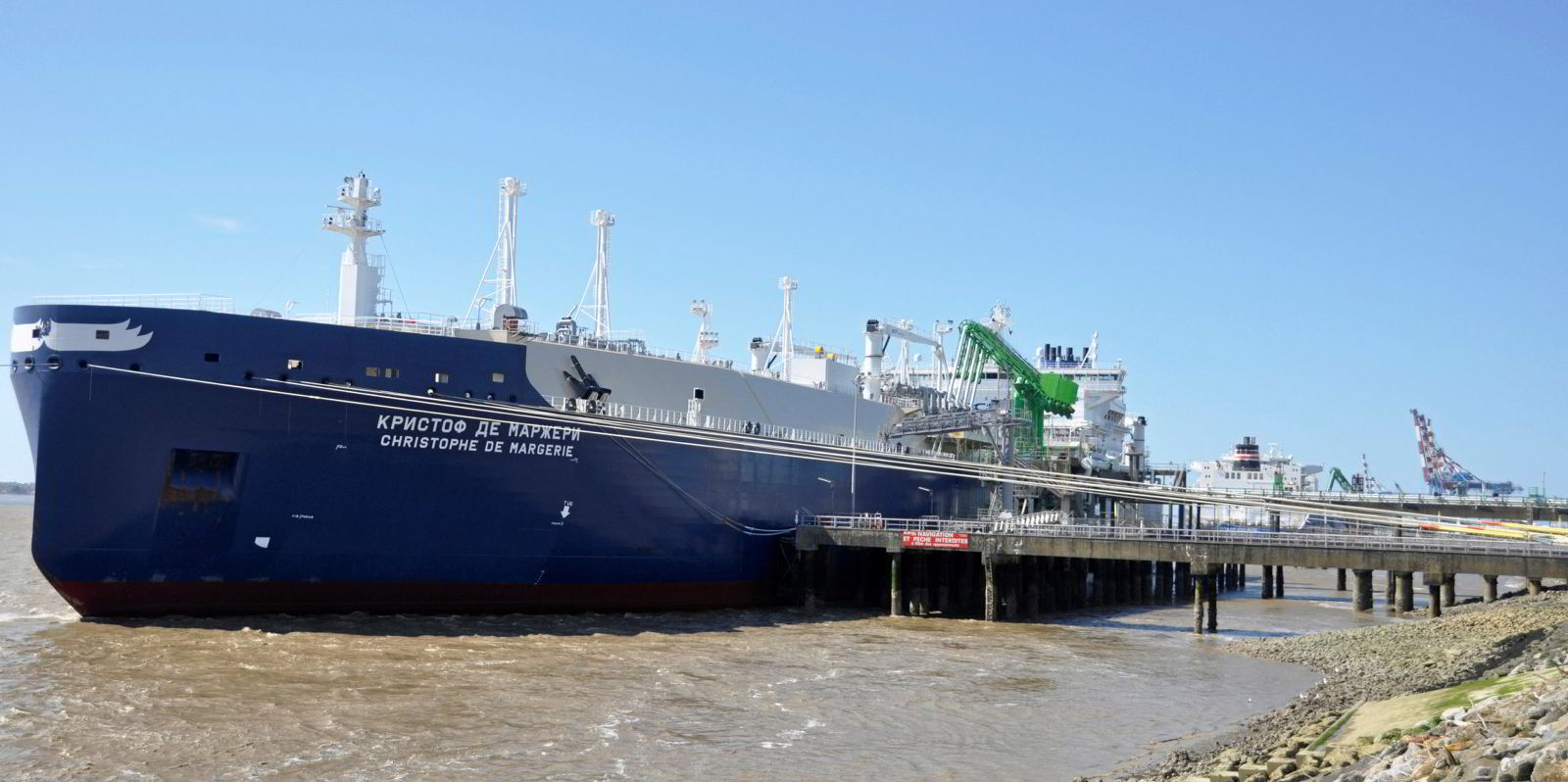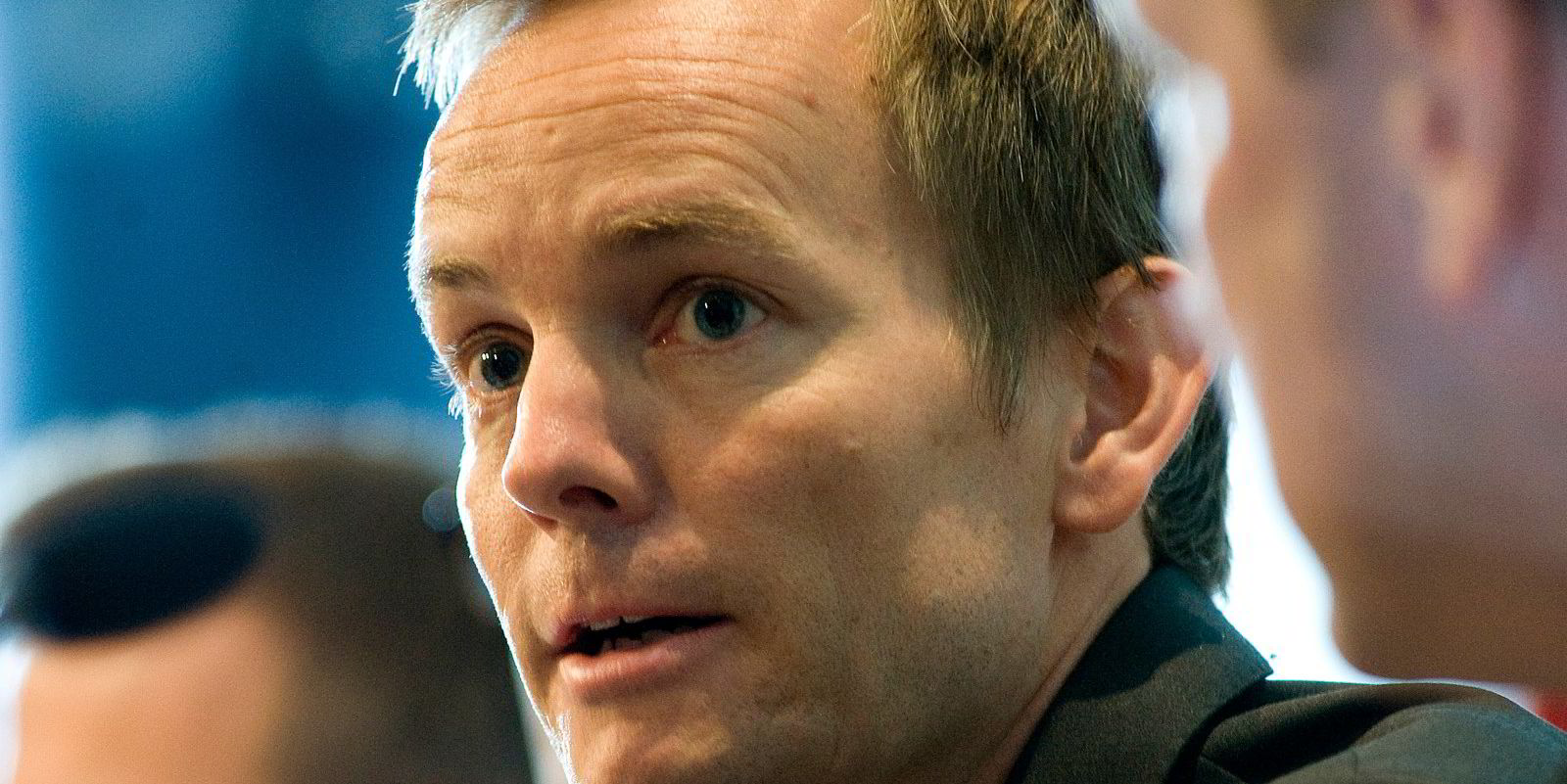Floating LNG production-focused Golar LNG sees potential for the number of FLNG units to come close to doubling in the next five years.
Answering questions on a Capital Link webinar, Golar LNG chief executive Karl Fredrik Staubo said there are currently eight FLNG units worldwide.
He listed the ownership of these as two with each of Golar, Eni and Petronas, one with Shell and another as controlled by New Fortress Energy.
Staubo said that in the next five years, he expects the number of operational FLNG units to grow to about 15.
He added that it is Golar’s ambition to double its fleet and to give the company at least four units fixed, delivered and producing.
Golar is just about to double its operating fleet to two units with the delivery of a second FLNG unit to BP for its Greater Tortue Ahmeyim Project on the border of Mauritania and Senegal and has invested some $400m towards the development of a third LNG floater.
During the online event, which was moderated by B Riley Securities managing director Liam Burke, Staubo made a pitch for re-chartering Golar’s FLNG unit Hilli, which is currently in operation off Cameroon in West Africa.
The CEO said that with no FLNG units delivering before the second half of 2026 — which is when Hilli becomes available after its current charter — the LNG floater is the “only tool in the world available” with which developers can monetise their stranded gas assets.
“We are actively working to redeploy now and that’s our focus,” he said.
The LNG panellists — which also included Capital Product Partners chief executive Jerry Kalogiratos and his Cool Company counterpart Richard Tyrrell — were universally bullish on the long-term future of LNG.
Kalogiratos said LNG demand growth will be robust over the next 20 years or so and can play a role in a decarbonised world through carbon capture or as a hydrogen carrier.
Tyrrell said LNG can meet peak demand in combination with renewables.
Multi-ship enquiries
Kalogiratos revealed that Capital Product Partners has seven LNG carriers — six newbuildings and one redelivered ship — coming up for employment between the first quarter of 2026 and 2027.
“We are quite happy with this exposure,” he said, detailing that between 2026 and 2028 there will be new liquefaction projects coming online, adding that will prove “a very busy period” for multi-ship enquiries.
He cautioned against the perception of a softer market in the next two years and said it does not take much to move the market upwards. “I think overall LNG shipping is in a good spot.”
Tyrrell said CoolCo has “everything” from a ship open in the spot market to one that redelivers in 10 years.
He is upbeat on LNG demand from China and said it is where much of the supply growth will be heading, although it is a region that is a bit price-sensitive. “Ultimately, there will be pull from China at the right price.” He said this would be good for LNG shipping due to the distances involved.
Only takes one
But the trio of panellists all proved wary of floating storage and regasification unit business.
Kalogiratos said the FSRU sector is not a business to be jumped into overnight. He highlighted the lack of shipyard capacity as the “stumbling block”, with newbuildings proving pricey with late deliveries and conversions not necessarily very cost-effective due to the long lead times for equipment.
Staubo said that while the current FSRU market is “tight” and looking attractive to enter now, it is also “finely balanced”.
“It only takes one FSRU too many to overbuild the market.”






